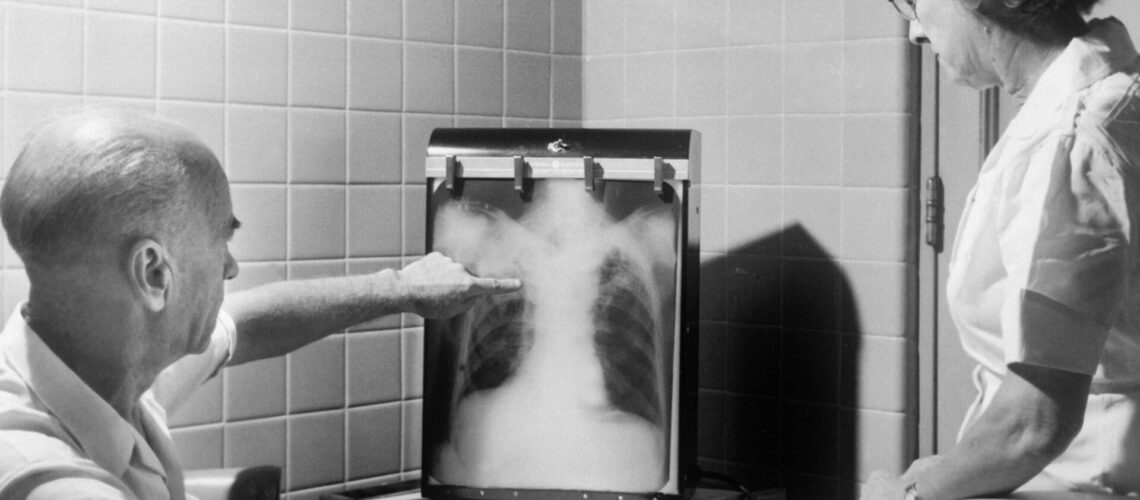Introduction
The Radiology Group Atlanta works with rural hospitals across the U.S. They help small hospitals get fast, accurate image readings. They do this through tele-radiology, where radiologists review scans from far away.
What makes them different? Relationships.
While other companies focus on speed and scale, The Radiology Group Atlanta focuses on people. They talk to doctors. They show up in person. They listen. And that’s why they’re trusted.
Tele-Radiology Is Growing Fast
More hospitals are using tele-radiology. It helps them read X-rays, CT scans, and MRIs without needing a radiologist on-site.
According to the American College of Radiology, over 80% of hospitals now use some kind of remote radiology service. It’s fast. It’s efficient. It solves staffing issues.
But it can also feel cold.
Hospital staff might never meet the person reading their scans. That’s a problem.
Why Relationships Still Matter
Hospitals don’t just want reports. They want to trust the person behind the report.
Dr. Tejal Lalaji, co-founder of The Radiology Group Atlanta, said, “We had a hospital tech call us directly one night. She wasn’t sure about a scan, and she just wanted a second pair of eyes. She knew she could text us and get a quick answer. That only happens when you build real trust.”
Small rural hospitals rely on strong partnerships. They want to know someone’s got their back.
Doctors need radiologists they can call when something looks off. Nurses want answers fast. And staff need to know someone’s actually paying attention.
People First, Always
Many radiology groups are big, corporate, and distant.
The Radiology Group Atlanta does things differently.
They use a HIPAA-compliant app to let hospital teams message them in real time. There’s no waiting on hold or dealing with customer service reps.
And they visit their hospital clients in person. “When we show up to meet the team, everything changes,” said Dr. Anand Lalaji. “We become more than a name on a screen.”
This kind of service builds trust fast.
Stats Tell the Story
A 2023 study from the Journal of Telemedicine and e-Health found that hospitals with strong radiologist relationships saw 17% faster report turnaround times.
Another study from the Advisory Board reported that 68% of rural providers feel disconnected from telehealth service companies.
But when radiologists build direct connections, those numbers flip. Doctors ask more questions. Errors go down. Outcomes improve.
Communication Is Key
Clear communication solves problems early.
When hospitals can talk directly to radiologists, they don’t waste time. A doctor can call about a tricky fracture. A nurse can double-check timing for a follow-up scan.
No ticketing system. No delay. Just humans helping humans.
One hospital partner told The Radiology Group Atlanta, “We never had a radiologist text us back within five minutes before. It’s changed everything.”
That’s the difference personal attention makes.
Better for the Radiologists Too
It’s not just about the hospitals. Radiologists want real connections too.
Reading hundreds of scans alone every day can feel lonely. When radiologists feel like part of a team, they stay longer and do better work.
Burnout is lower. Accuracy is higher. Everyone wins.
The Radiology Group Atlanta keeps their teams connected to hospital partners on purpose. It’s not just good business—it’s better healthcare.
Actionable Steps for Building Better Connections
1. Use the Same Point of Contact
Assign one radiologist or small team to each hospital. That way, hospitals aren’t getting bounced around. Trust builds when people get familiar.
2. Provide Real-Time Messaging
Allow hospital staff to reach radiologists quickly. Use secure tools that work on phones and computers.
Fast replies build confidence.
3. Schedule In-Person Visits
Even once a year is better than never. Meet face to face. Shake hands. Tour the facility. Listen.
One in-person visit can fix months of miscommunication.
4. Ask for Feedback Regularly
Set up short, simple check-ins. Ask what’s working. Ask what’s not. Act on it.
People feel valued when their input matters.
5. Keep Radiologist Teams Small
Smaller teams build tighter bonds. Keep coverage consistent so the hospital staff gets to know their readers.
Familiarity builds faster decision-making.
What Hospitals Can Do
Hospitals can help too.
- Invite radiologists to case reviews
- Share praise from doctors and nurses
- Keep communication clear and simple
- Send feedback, even when things are good
Radiology is part of the care team. Treat it that way.
Tech Is the Tool, Not the Answer
Technology moves fast. But the best care still needs real people talking to each other.
The Radiology Group Atlanta proves that even remote care can feel local. With the right focus, radiology doesn’t have to be impersonal.
As Dr. Tejal Lalaji put it, “Our job isn’t just to read scans. It’s to support the people who rely on those results.”
That mindset is the future of care.
Conclusion
Machines can’t replace relationships.
Tele-radiology works best when it’s built on connection. Doctors need fast answers. Nurses need support. Hospitals need partners.
The Radiology Group Atlanta gets that. That’s why they lead with people, not just platforms.
And that’s what keeps hospitals coming back.

